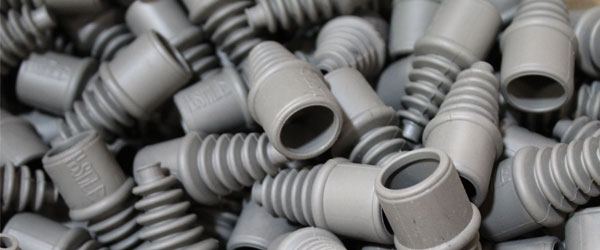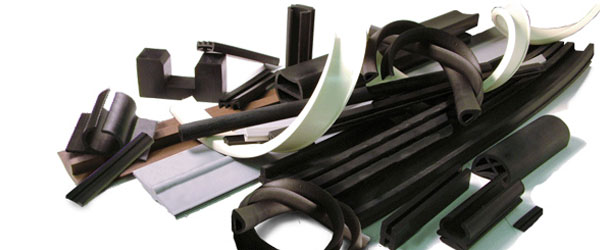Butyl Rubber – air/gas impermeable, weathering and ozone resistant elastomer
Butyl rubber, also known as isobutylene-isoprene (IIR) rubber, is a synthetic rubber that is produced by copolymerizing isobutylene with a small amount of isoprene. It was first developed by the chemist William Sparks in the 1930s and is commonly used in a variety of applications due to its unique properties. One of the most notable … Continued
 (909) 987-1774
(909) 987-1774 Email Us
Email Us







